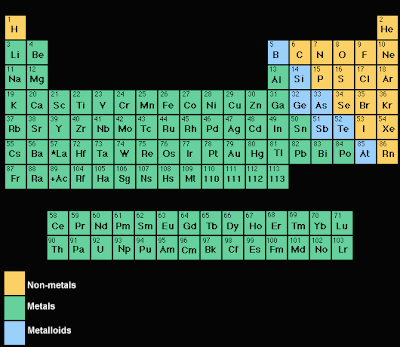Monica Nagy 7B
Science
3/31/11
Noise pollution
Noise pollution is a type of energy pollution in which distracting, irritating, or damaging sounds are freely audible. As with other forms of energy pollution such as heat and light pollution, noise pollution contaminants are not physical particles, but rather waves that interfere with naturally occurring waves of a similar type in the same environment.
Noise pollution can affect us in many ways. It can cause hearing problems, cardiovascular issues, sleep disturbances, interference in verbal communication and mental health problems. Noise levels above 80 decibels produce damaging effects to the ear. When ear is exposed to extreme loud noise above 100 decibels for a considerable period of time, it can cause irreparable damage and lead to permanent hearing loss. For example: when I was small I was in kindergarten and I had to be operated in the left ear. A few years ago (3-4) I had to be operated in the right ear (this is true).
There are a lot of issues and problems with noise pollution. Most disagreements and arguments are between neighbors. For example, when you’re going to have a party, you should at least worn your neighbors that you will be having a party, and at what time it will start, and at what time it will end. You also must tell your neighbors if you’re having the party outside or inside. If you are having the party in the yard/ garden, don’t forget that sound travels much easier outside then inside. Better still…….why not invite the neighbors? If you are working in the house, make sure not to start to early, maybe around 8 am, and don’t try to work later than 8 pm. This might be better to do on weekends, because some neighbors have children and they have to go to school. On weekends most of them are at home, or at friends (etc). Just be sure to keep the sound in control, because some people might be sick too. Especially when you live near a hospital.
Science can be involved in this in many ways. Science can help find other resources which don’t make so much sound. You your self can even think of a way to help the environment be better. Technology is kind of the same. Technology can help change the material of a thing you’re using, or the sound. For example, I’m writing this essay right now and I can’t really concentrate. I hear motorcycles outside, cars, people building things and so on. This is kind of like noise pollution.
I think since and technology has helped us a lot. But something’s are not working out as well as we thought they would with our world/earth. Us people try as hard as we can to solve problems, but sometimes problems can’t be solved. Noise pollution has been a problem to some people. Like the deaf, or people who are about to be deaf. Noise pollution is something that we COULD stop, maybe, but we are not trying hard enough. We have to do something to help people to overcome these things.
Bibliography
“Noise Pollution Effects.” www.buzzle.com. N.p., n.d. Web. 31 Mar. 2011.
.
“What Constitutes Noise Polution.” Problem Neighbours . N.p., n.d. Web. 31 Mar. 2011. .























